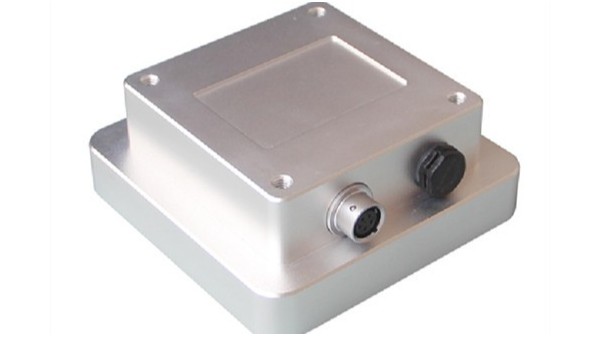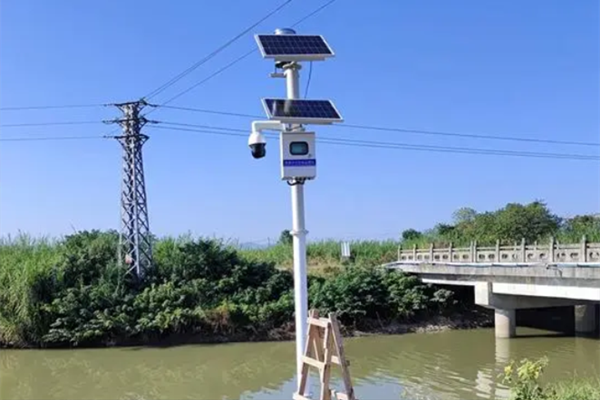In the field of hydrological monitoring and river management, accurately measuring water flow velocity has always been one of the core challenges.
With the continuous advancement of technology, the emergence of radar current meters has provided a revolutionary solution to this challenge.
This non-contact measuring instrument not only improves the accuracy of measurement, but also greatly reduces maintenance costs and labor intensity, making it an important part of modern hydrological monitoring technology.

A radar current meter is an instrument that uses radar technology to measure the surface velocity of water flow. It determines the speed and direction of water flow by emitting microwave signals and receiving signals reflected back by the water flow.
Unlike traditional contact velocities, radar current meters do not need to be in direct contact with the water body, so they can be measured without affecting the state of the water flow, thereby obtaining more realistic and accurate data.
Radar current meters are usually installed on the shore or bridge of a river, lake or other body of water and pointed at the water surface. The microwave beam emitted by the instrument is reflected by the water surface and captured by the receiver.
Due to the movement of the water flow, the frequency of the reflected signal changes, a phenomenon called Doppler shift. By analyzing these frequency shift data, the radar current meter can calculate the speed and direction of the water flow.

The radar current meter has the following characteristics:
1. It does not interfere with the natural state of the water flow and obtains velocity data under the natural flow state.
2. It can work under various climate and lighting conditions to ensure the accuracy and stability of the data.
3. It can monitor the rapid changes in water flow velocity in real time, which is extremely important for flood warning and water resource allocation.
4. Compared with traditional flow velocity measuring instruments, the installation and maintenance of the radar current meter are simpler, reducing long-term operating costs.
5. It is not only used for velocity monitoring of rivers and lakes, but also can be used in the fields of ocean tides, flood discharge of hydraulic structures, etc.

As global climate change brings more and more challenges to water resource management, high-precision and high-efficiency monitoring tools have become particularly important.
Radar current meters are becoming an important tool in the field of hydrological monitoring and water resource management due to their non-invasive, high-precision and easy-to-maintain characteristics.
In the future, with the further development of technology, radar current meters will be more widely used, helping people around the world to better understand and manage precious water resources.
Through continuous innovation and application, radar current meters not only provide strong data support for scientific researchers, but also provide strong technical guarantees for protecting and cherishing our water resources.
